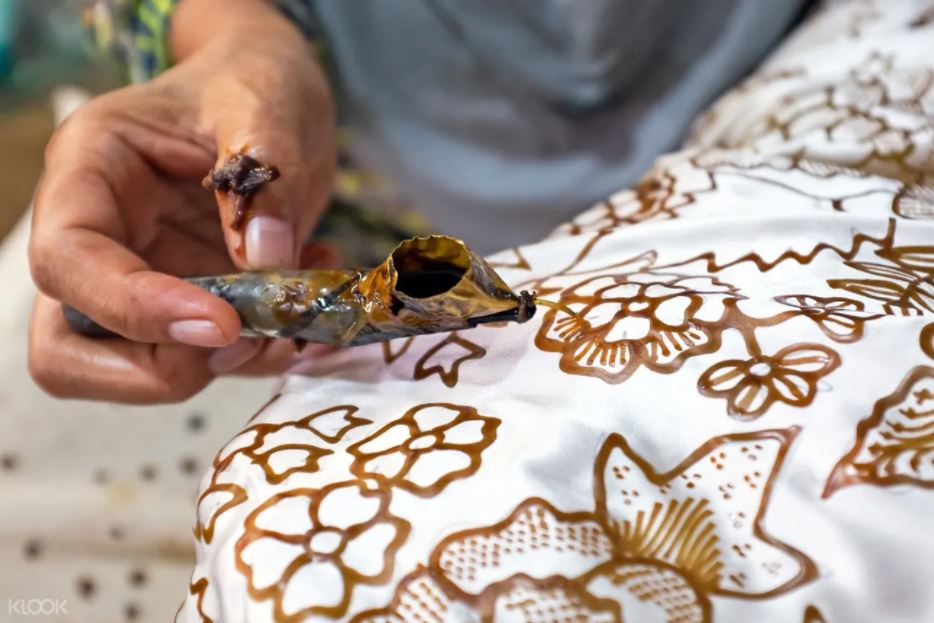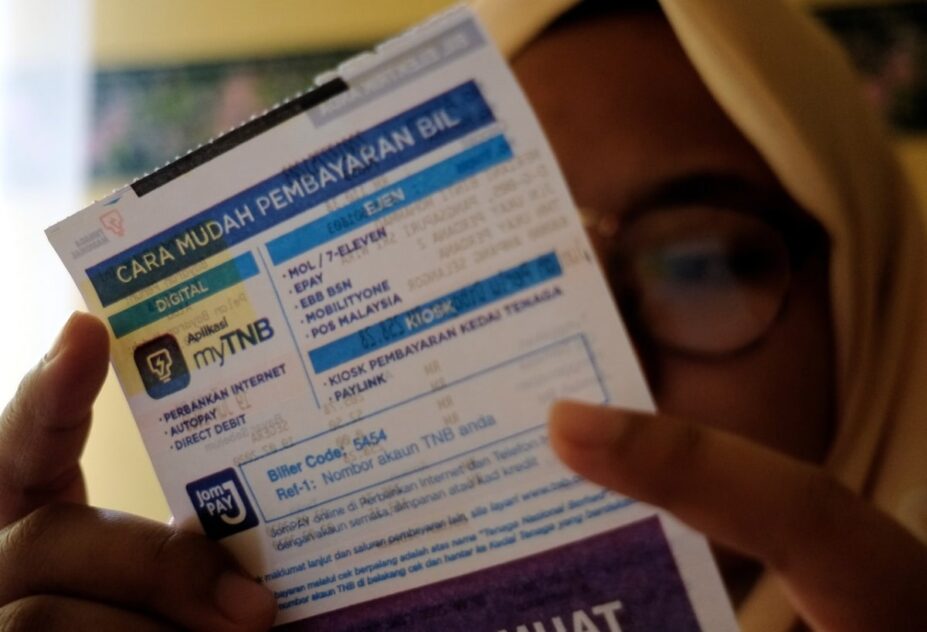THE decrease in economic growth due to the COVID-19 would be further impacted by the recent floods in Malaysia.
Since the pandemic, the Government had mooted various measures to uplift the economy, which included stimulus packages and introduction of new policies which especially cater to the poor.
One such sector which has been always on the agenda is batik making – a common economic activity in poorer states like Kelantan and Terengganu.
Despite the declaration of Dec 3 as the Malaysian Batik Day, the sector is still characterised by low economic profits. Hence, the effort needs tweaking and introduction of new ideas for the trade to thrive.
Based on the number of batik entrepreneurs around, we can assume that the sector is showing signs of development but a careful look at the statistics reveals that most of these businesses are in the micro industry category, and are extremely vulnerable to economic shocks.
Youth involvement needed
There is rising youth unemployment in the country but on the other hand, there is the potentially lucrative sector of Malaysian batik, which urgently needs youngsters’ involvement to give it a mass modernisation boost.
When it comes to traditional textiles, India and Indonesia are very well known for it. The popularity of traditional textiles from India and Indonesia negates the myth of indigenous-type textiles as a disappearing industry.
Take India for an example. An important component of its accomplishment in making its traditional textiles a global hit is the proactive involvement of youth. Knowledge of modern fashion and use of latest technology are tools that an enterprising young labour force can employ to develop and market a product.
Due to the traditional-modern nexus weaved by the youth, the traditional khadi cloth is not only used to make traditionally-designed outfits but has evolved with latest fashion to include western dresses in its product range.
Fortunately, this sector is slowly finding appeal among the Malaysian youth, but it is far from reaching the desired level of involvement due to small profit margins. However, micro efforts by a few businesses like Batik Boutique have proven that the Malaysian Batik has immense potential to be promoted as a fashionable goods.
Cross industry and sector communication
Another important lesson to be learnt from the Indian khadi is the demand creation strategies. Khadi entered the modern product arena by producing new products with khadi fabric, effectively coordinating with the other traditional textile producers of India such as Kalamkari prints and the Indian batik prints.
This cross-sector coordination and the incorporation of ever-changing fashion have been possible due to the involvement of young fashion designers and global entrepreneurs who gave the traditional sector a complete overhaul.
Such initiatives therefore not only help a single sector but also support related sectors through its linkages.
Nothing is possible without targeted policies
The efforts towards the development of the batik sector will be incomplete without Government involvement. The success of Indonesian batik and the Indian khadi is heavily attributed to the respective Governments proactive policy adjustments.
These countries have proven that there is a constant need for proactive policies and public-private sector coordination to make cultural products highly valued in modern society.
The current efforts by the Malaysian Government would always remain small and micro if the policies are not targeted to enable the economic growth of the sector.
The recent declaration of Malaysia Batik Day has undoubtedly given a boost to local organisations like Dignity for Children Foundation (Dignity) to sell batik-based products. However, such measures may not be sufficient as they do not address the core problem and are still focused at the micro level.
For a start, specific targeted policies directed towards attracting and empowering the youth in this sector is an urgent requirement.
At the industry level, the efforts by the Government to promote inter industry dialogues between the different segments of textile players would lead to better growth along the entire supply chain of batik production.
Such interactions would lead to a higher demand of the Malaysian batik, not only as finished products but also its raw materials for the fashion world.
Lastly, apart from these individual and industry-based policies, the Government should also have a careful look at the existing local textile trade policies and the incentives provided to this sector.
We believe the existing trade policies to protect the Malaysian batik clearly needs amendment as the tough competition from countries like China are eating up the growth opportunities of our vulnerable batik makers. – Dec 28, 2021
Dr Deboshree Ghosh and Fatimah Zahra Ros’azam are researchers at the North-South Research Center, Universiti Malaya.
The views expressed are solely of the author and do not necessarily reflect those of Focus Malaysia.
Photo credit: Klook Malaysia









